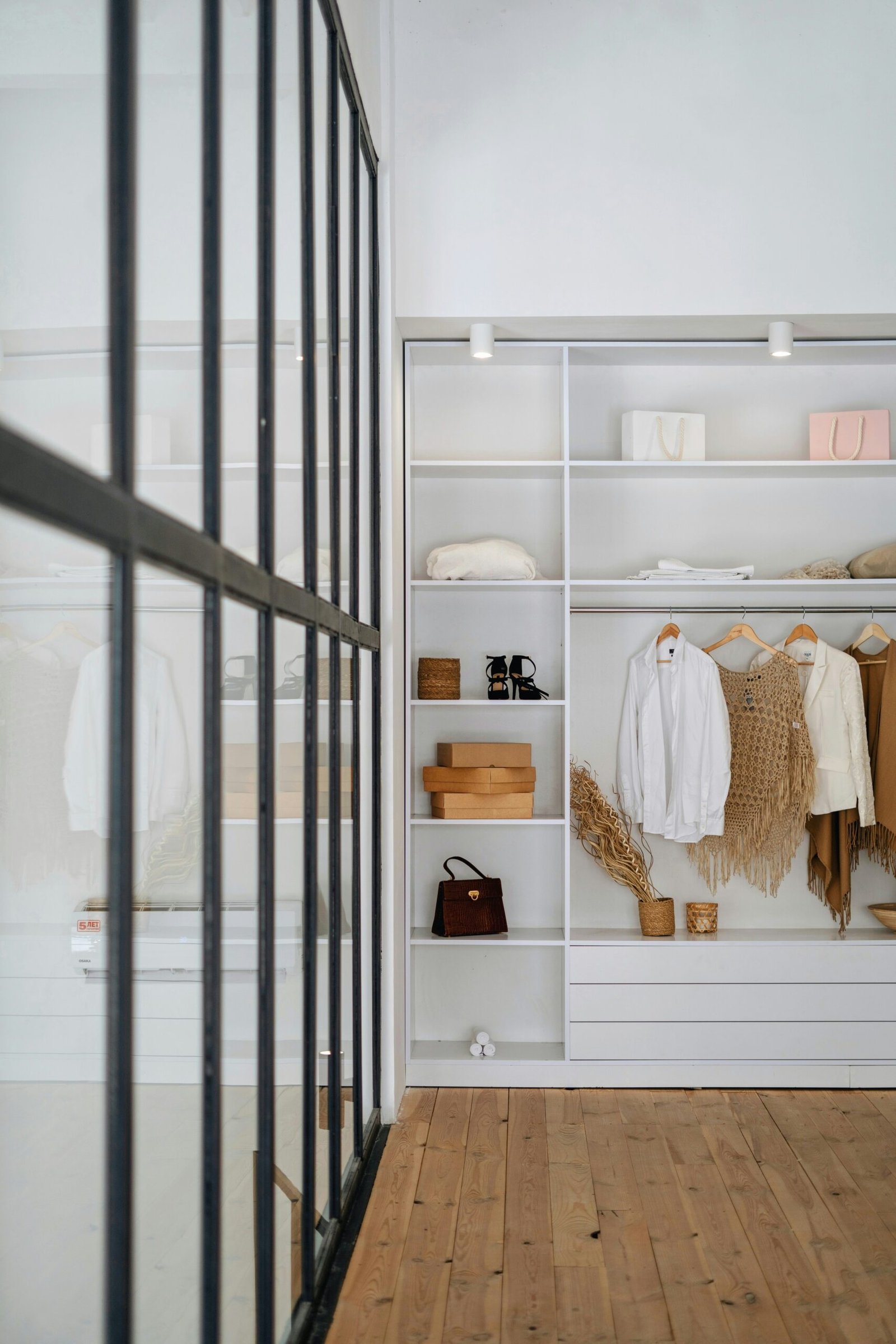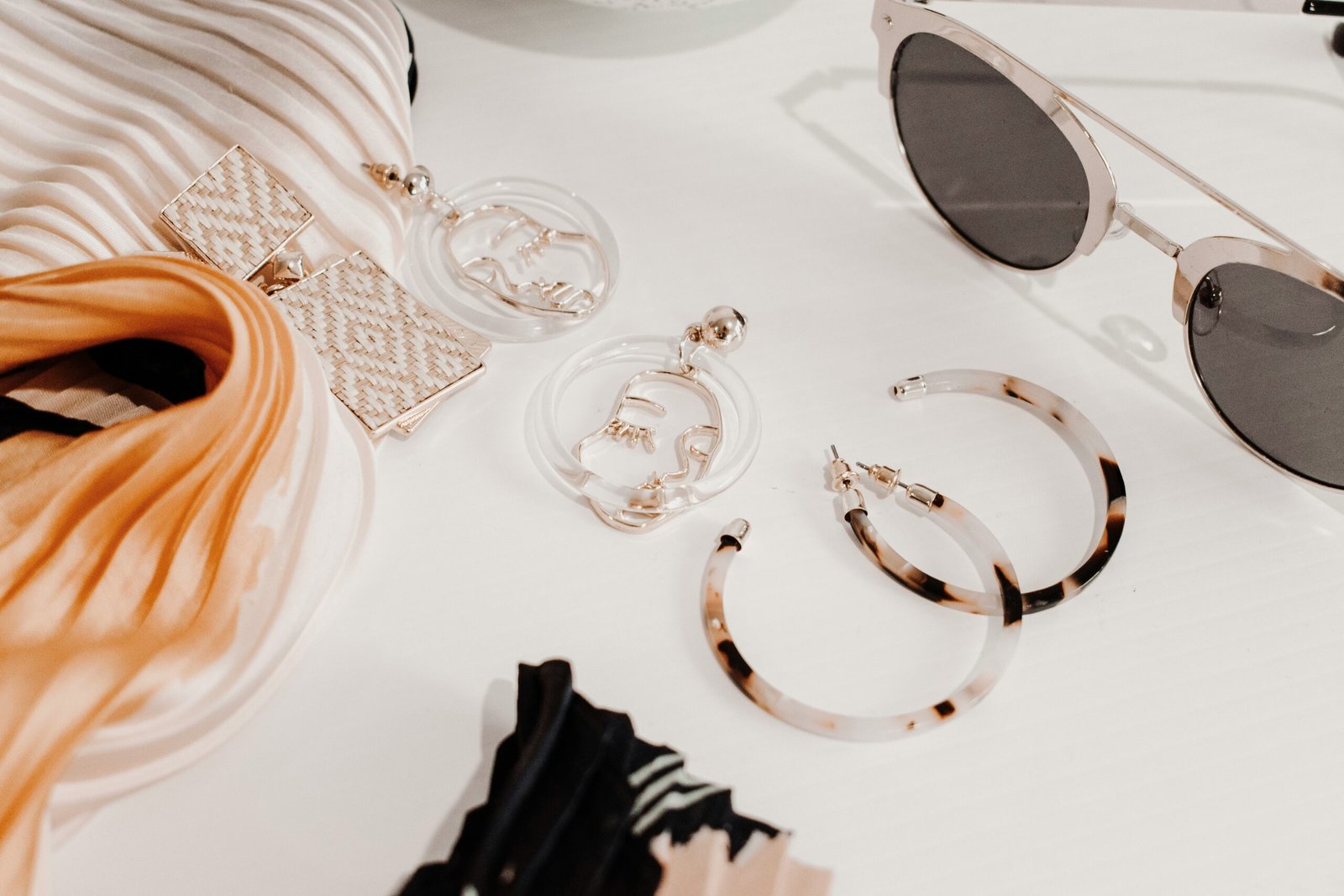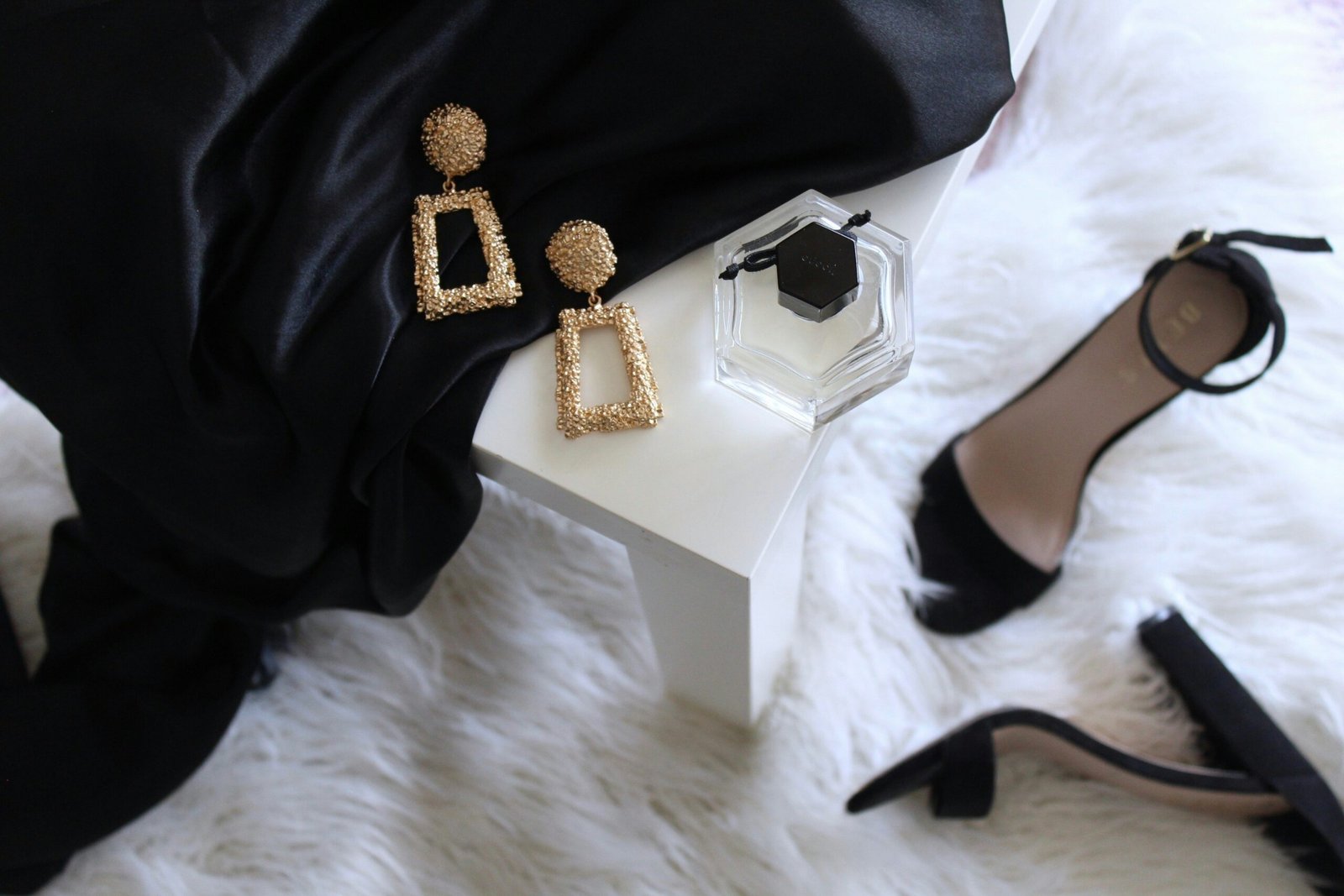The Rise of Gender-Neutral Fashion: Breaking Stereotypes

The Rise of Gender-Neutral Fashion: Breaking Stereotypes
In recent years, there has been a significant shift in the fashion industry towards gender-neutral clothing. This movement challenges traditional gender norms and stereotypes by promoting inclusivity and self-expression. Gender-neutral fashion has gained traction not only among the LGBTQ+ community but also among individuals who believe in breaking free from societal expectations. In this blog post, we will explore the rise of gender-neutral fashion and how it is breaking stereotypes.
What is Gender-Neutral Fashion?
Gender-neutral fashion, also known as unisex or genderless fashion, refers to clothing that is not specifically designed for any particular gender. It blurs the lines between traditionally masculine and feminine styles, allowing individuals to express themselves without conforming to societal expectations. Gender-neutral fashion focuses on creating clothing that is comfortable, versatile, and accessible to all.
The Importance of Breaking Stereotypes
Gender stereotypes have long dictated what is considered appropriate clothing for men and women. Men are expected to wear suits and pants, while women are expected to wear dresses and skirts. These rigid expectations limit self-expression and reinforce harmful gender norms. By embracing gender-neutral fashion, we can challenge these stereotypes and create a more inclusive and accepting society.
Breaking stereotypes in fashion is not just about clothing; it is about breaking down barriers and creating space for individuality. It allows people to express themselves authentically, regardless of their gender identity. It sends a powerful message that fashion should not be limited by societal norms and that everyone deserves the freedom to dress in a way that makes them feel comfortable and confident.
The Rise of Gender-Neutral Brands
Over the past decade, we have witnessed the emergence of numerous gender-neutral fashion brands that are dedicated to promoting inclusivity and breaking stereotypes. These brands offer clothing options that are not restricted to a specific gender, allowing individuals to express themselves freely.
One such brand is “The Phluid Project,” a gender-free store that offers a wide range of clothing options for all genders. The store’s mission is to create a space where people can shop without the pressure of conforming to gender norms. They believe that fashion should be a form of self-expression and a way to celebrate individuality.
Another notable brand is “Telfar,” known for its gender-neutral bags. Telfar’s bags are designed to be accessible to everyone, regardless of their gender identity. The brand’s tagline, “Not for you, for everyone,” reflects their commitment to inclusivity and challenging traditional notions of fashion.
The Impact on the Fashion Industry
The rise of gender-neutral fashion has had a profound impact on the fashion industry as a whole. It has forced designers, retailers, and consumers to rethink their approach to clothing and challenge the binary nature of fashion. More and more designers are now creating collections that are not limited to a specific gender, allowing individuals to choose clothing based on personal style rather than societal expectations.
Gender-neutral fashion has also opened up new opportunities for collaborations and partnerships within the industry. Designers are now working together to create inclusive collections that cater to a diverse range of individuals. This shift in mindset has led to a more inclusive and diverse representation of fashion in media and advertising.
The Future of Gender-Neutral Fashion
The future of gender-neutral fashion is bright and promising. As society becomes more accepting and open-minded, the demand for gender-neutral clothing will continue to grow. We can expect to see more mainstream brands embracing gender-neutral designs and expanding their offerings to cater to a wider range of individuals.
Furthermore, the rise of gender-neutral fashion has sparked conversations about the importance of inclusivity and representation in the industry. It has prompted discussions about the harmful effects of gender stereotypes and the need for more diverse and authentic representation in fashion. This shift in mindset will undoubtedly lead to a more inclusive and accepting future for fashion.
Conclusion
The rise of gender-neutral fashion is a powerful movement that challenges traditional gender norms and stereotypes. By embracing inclusivity and self-expression, gender-neutral fashion is breaking down barriers and creating a more accepting and diverse society. As more individuals and brands join this movement, we can look forward to a future where fashion knows no boundaries and everyone feels empowered to express themselves authentically.






